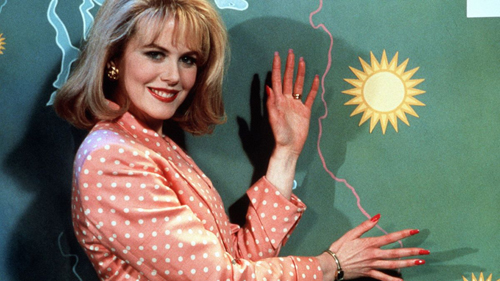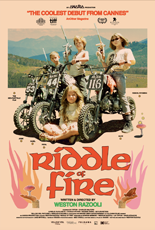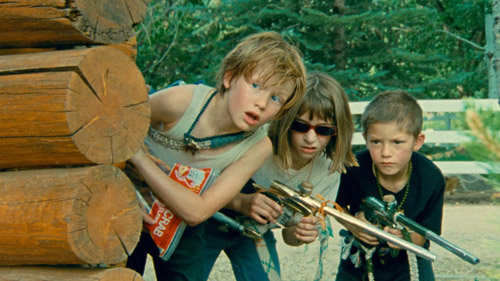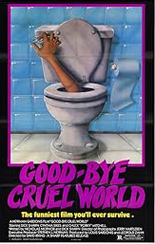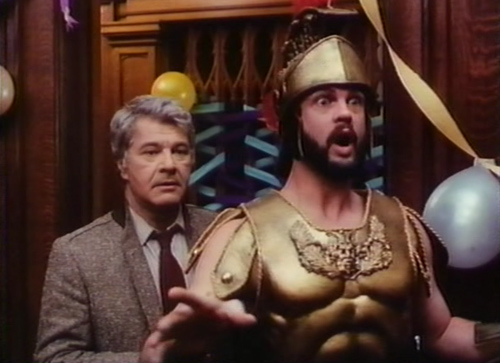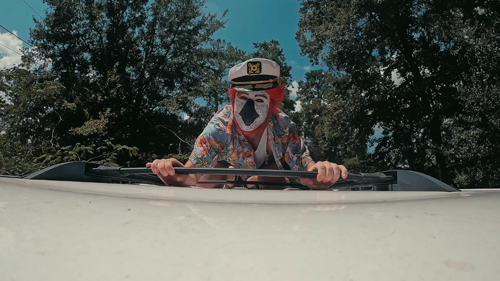
Even if you’re a such a cryptid-cinema completist that you’ve subjected yourself to the likes of Bigfoot Goes to Hell or Bigfoot vs. D.B. Cooper, I guarantee you’ve never encountered a Bigfoot movie quite like Sasquatch Sunset. I say this already having seen the one in which he goes hog-wild at a nudist camp, the one where his nipple inflates from excitement and the one where he tears off a urinating man’s penis.
From indie-pic iconoclasts David and Nathan Zeller (Kumiko, the Treasure Hunter), the film depicts a year in the life of a four-member family of skunk apes. No dialogue is spoken beyond grunts and howls as they go about their way, foraging for food and shelter, and stumbling into one strange, dangerous situation after another.
Only two bits stretched too far into sketch comedy, like mimicking humans’ cellphone usage with a turtle standing in for the tech. Otherwise, ignoring the laws of nature dictate the shenanigans. It’s as if the “Dawn of Man” prologue in 2001: A Space Odyssey were remade as a ribald comedy. Mel Brooks’ History of the World, Part I took first crack by opening with Kubrick’s apes masturbating; the Zellners expand that into feature-length, covering all the bases of bodily functions.

It’s filthy, funny and — not referring to bowels here — oddly, oddly moving. To say such a style will polarize audiences is an understatement. Decidedly unconventional rather than experimental, Sasquatch Sunset is likely to prompt a flood of early walkouts. Whenever I witness such a hasty response — e.g., at every Paul Thomas Anderson or David Lynch screening — I consider it a badge of honor for the film. Congrats, Zellners! You’re in excellent company.
Expertly selling the inhuman illusion, the actors disappear behind first-rate makeup and prosthetics, to such a degree that I couldn’t determine whether Jesse Eisenberg (Now You See Me) or Nathan Zellner played the patriarch. No ID issue exists with Riley Keough (2019’s The Lodge) or Christophe Zajac-Denek (Tales of Halloween), respectively being the only woman and little person among the quartet. Each is excellent, gelling as a true ensemble.
Technically, the landscape shots are stunning, thanks to Oscar-worthy cinematography from Michael Gioulakis (2019’s Us). In its sixth screen collaboration with the Zellners, The Octopus Project delivers a beautiful score that, while different from the Texas trio’s alt-electronic albums, is no less melodic.
Detest Sasquatch Sunset all you wish — and many will — but its enigmatic energy clicked with me right away. The best moment arrives in a final shot that conveys irony, craft and an otherworldly power that registers that deadpan frame as an all-time great. —Rod Lott



